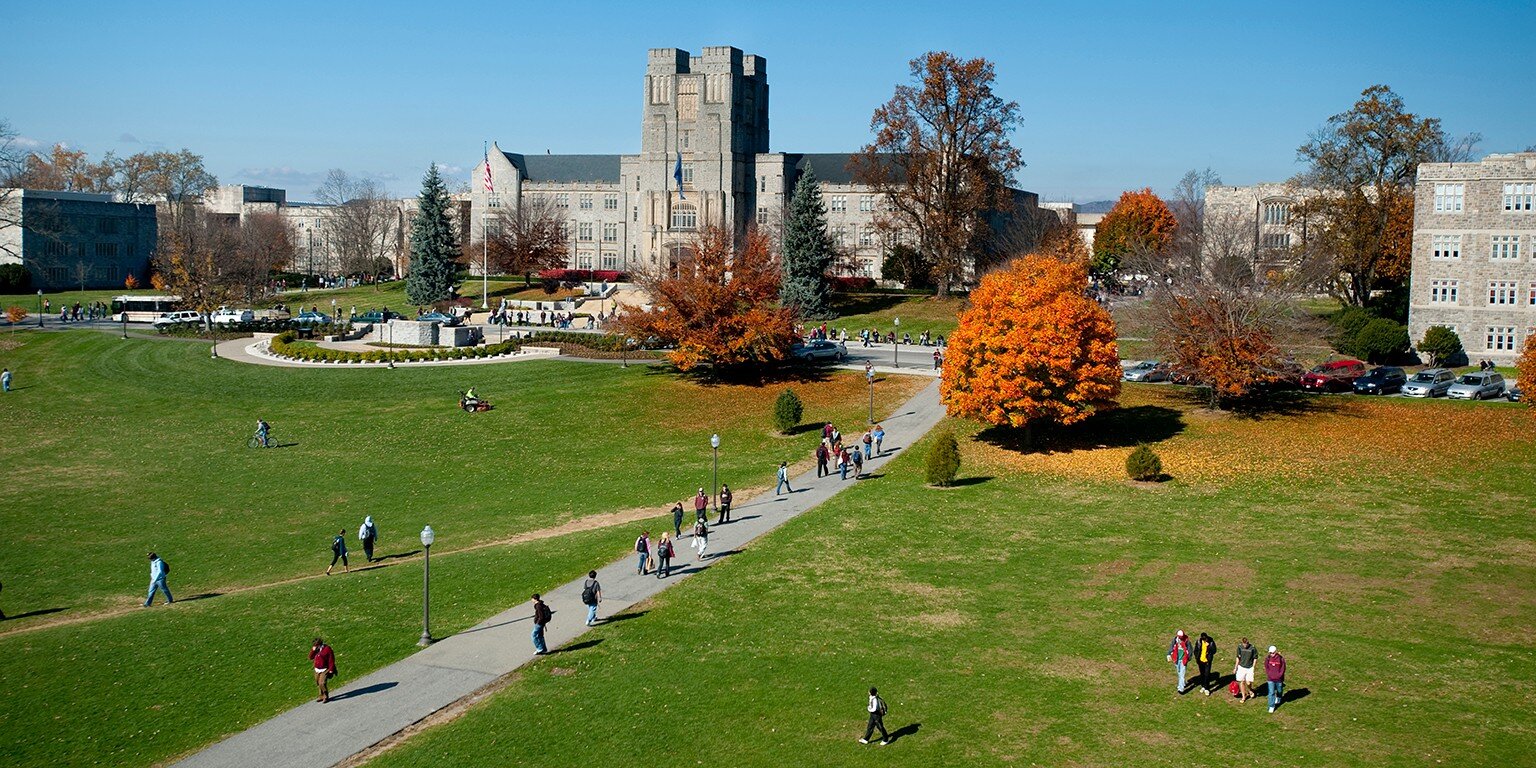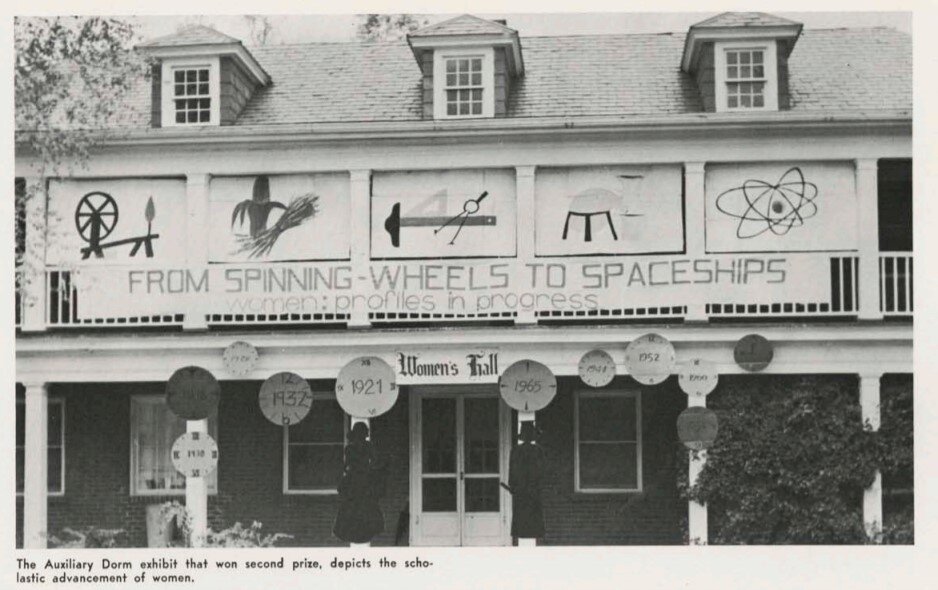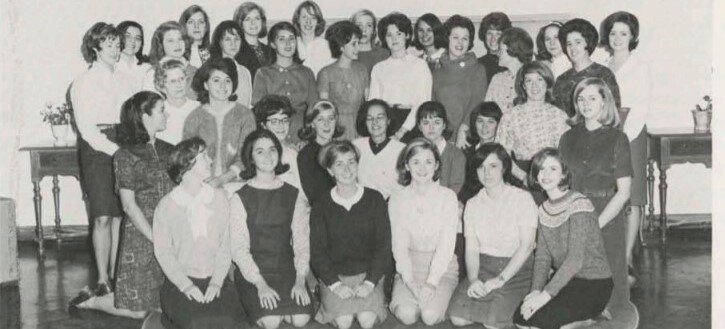
EXHIBIT
FINDING
A WOMAN'S PLACE AT VIRGINIA TECH 1921-2021
EDIT PER EXHIBIT In this exhibit you can explore the different phases of Solitude’s history. We begin during the period when this place was indigenous land, and go on to explore its history as a slave plantation in the nineteenth century.
A SPACE FOR CHANGE—WOMEN AT VIRGINIA TECH, 1964-2000
Pat Hyer, who held positions in the Provost’s Office for nearly 25 years, was actively involved in the advancement of women on campus. As part of the Coordinating Council for Women’s Concerns, Hyer and others worked to improve the status of women at Virginia Tech beginning in the 1990s. Hyer and the CCWC successfully lobbied for the creation of a women’s center on campus. The Women’s Center opened in 1994.























